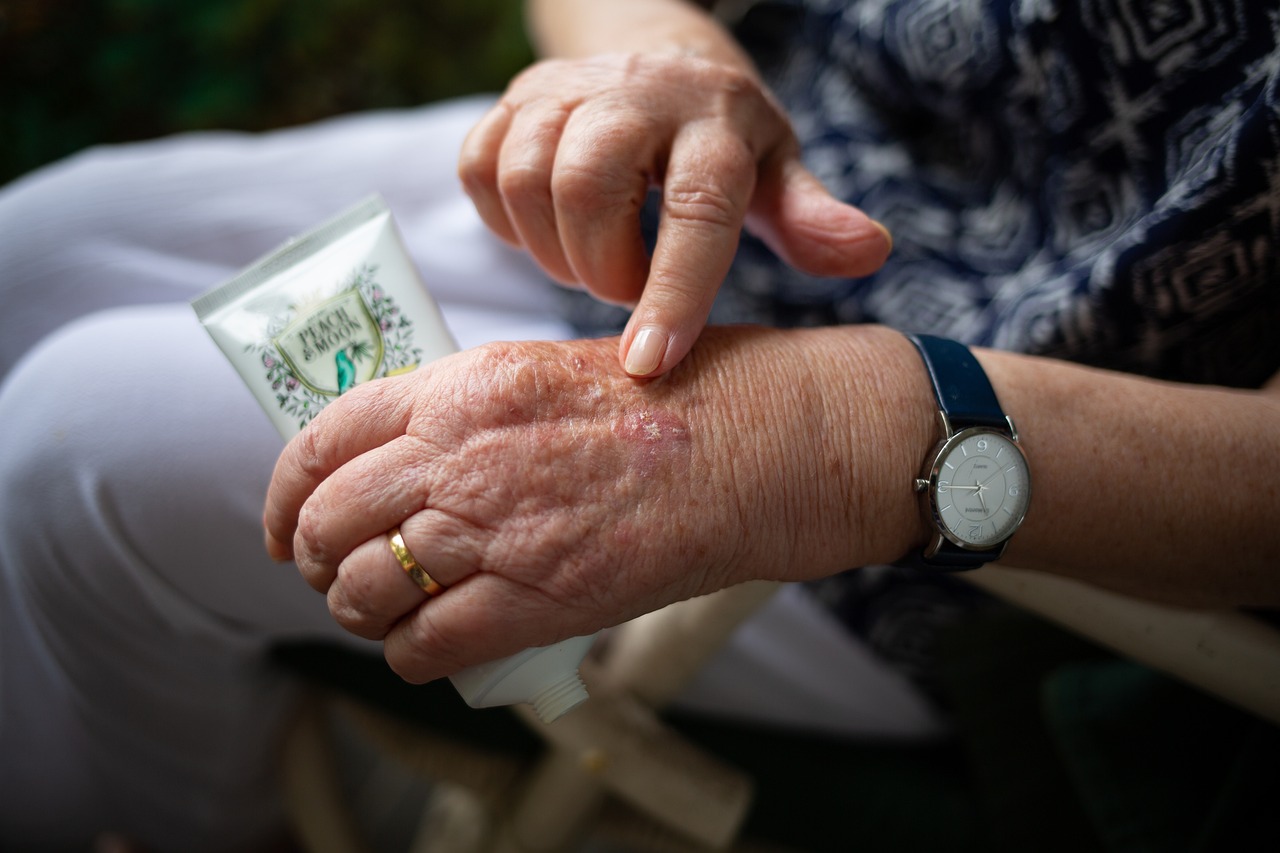For many individuals with lung disease, exercise feels like an insurmountable challenge. Fatigue, shortness of breath, and muscle weakness create a cycle of inactivity that only worsens their condition. When the lungs struggle, the instinct is often to do less, to rest more, and to avoid activities that cause discomfort. However, avoiding exercise may be one of the worst decisions for lung health. Scientific research now confirms that regular physical activity can significantly enhance respiratory function, strengthen breathing muscles, and improve overall quality of life. The key is not to eliminate physical activity but to adapt it to individual needs.
The lungs, like any other part of the body, benefit from training. Engaging in regular physical activity encourages the heart and lungs to work together more efficiently, increasing oxygen uptake and improving endurance. Recent studies suggest that individuals with chronic respiratory conditions who maintain an active lifestyle experience fewer hospital visits, better disease management, and improved mental well-being. The muscles become better at utilizing oxygen, meaning less demand is placed on the lungs to supply it. This adaptation reduces the sensation of breathlessness, allowing for a more active and fulfilling life.
Walking: A Simple Yet Powerful Step
Walking is an excellent starting point for individuals with compromised lung function. It is accessible, requires no special equipment, and provides an effective cardiovascular workout without excessive strain. Whether indoors on a treadmill or outside in a park, walking at a steady pace improves circulation and helps maintain lung elasticity. New guidelines from pulmonary rehabilitation programs emphasize that even short walks contribute significantly to better lung health. The key is consistency—regular, moderate-paced walks are far superior to occasional bursts of intense activity.
Deep breathing exercises during physical activity can help train the lungs and diaphragm. Research supports the use of pursed-lip breathing—exhaling twice as long as inhaling—to control shortness of breath and increase oxygen efficiency. Incorporating structured breathing exercises into an exercise routine can further enhance lung capacity. Yoga and Pilates, for example, focus on controlled breathing techniques that strengthen the diaphragm and promote relaxation, both of which benefit those with lung conditions. Never hold your breath during exercise, as this can lead to increased oxygen demand and dizziness.
Understanding Breathlessness: Friend or Foe?
Feeling out of breath during exercise is often perceived as dangerous, but in most cases, it is simply a sign that the lungs are working harder. While it can be uncomfortable, mild breathlessness does not indicate harm. The key is recognizing the difference between manageable breathlessness and distressing shortness of breath that signals a need to pause. Those with lung disease should listen to their bodies—pushing just enough to challenge their limits but stopping when genuine discomfort arises. Over time, endurance will improve, and breathlessness will become less intimidating.
Exercising outdoors offers fresh air and mental health benefits, but it is crucial to monitor air quality. High levels of ozone, pollen, and particulate matter can aggravate lung conditions. On days when air pollution is high, it is advisable to exercise indoors or opt for early morning workouts before pollution levels peak. Avoiding congested areas and main roads also reduces exposure to harmful exhaust fumes, which can exacerbate respiratory issues. Experts recommend maintaining a distance of at least 30 to 50 feet from running vehicles to minimize inhalation of pollutants.
Managing Allergies and Asthma During Exercise
For those with asthma or allergies, exercise can be particularly challenging. Exposure to common allergens such as pollen, dust, and pet dander can trigger respiratory symptoms, making physical activity more difficult. Strategies to reduce exposure include exercising indoors during peak pollen times, using air purifiers, and wearing a mask when necessary. Physicians often recommend premedicating before exercise if asthma symptoms are severe. Engaging in controlled environments, such as swimming pools with well-maintained air quality, can also be beneficial.
Beyond the physiological benefits, exercise also improves mental well-being. Studies confirm that individuals with chronic lung conditions who engage in regular physical activity report lower levels of anxiety and depression. The sense of achievement from even small improvements in endurance can be incredibly motivating. Setting realistic, attainable goals and celebrating progress can create positive reinforcement that keeps individuals committed to their fitness routine. The social aspect of group exercises, such as pulmonary rehabilitation classes, further enhances motivation and accountability.
For individuals with lung disease, the idea of exercise may initially seem daunting. However, with the right approach, movement becomes a tool for better health rather than a source of discomfort. By choosing appropriate activities, practicing controlled breathing, monitoring environmental factors, and listening to their bodies, individuals can break free from the cycle of inactivity and reclaim their lung health. The road to better breathing starts with a single step—quite literally. Making exercise a part of daily life can transform not only lung function but overall well-being. The most important lesson? Keep moving, and breathe deeply.
References:
American Thoracic Society: Guidelines on Pulmonary Rehabilitation and Exercise in Lung Disease.
European Respiratory Journal: The Impact of Physical Activity on Chronic Lung Conditions.
National Institute of Health: Exercise and Respiratory Function Improvement Studies.
World Health Organization: Air Quality and its Effects on Lung Health.
This article is editorial in nature and does not constitute medical advice. Always consult a physician for any health-related concerns, whether psychological or physical.












